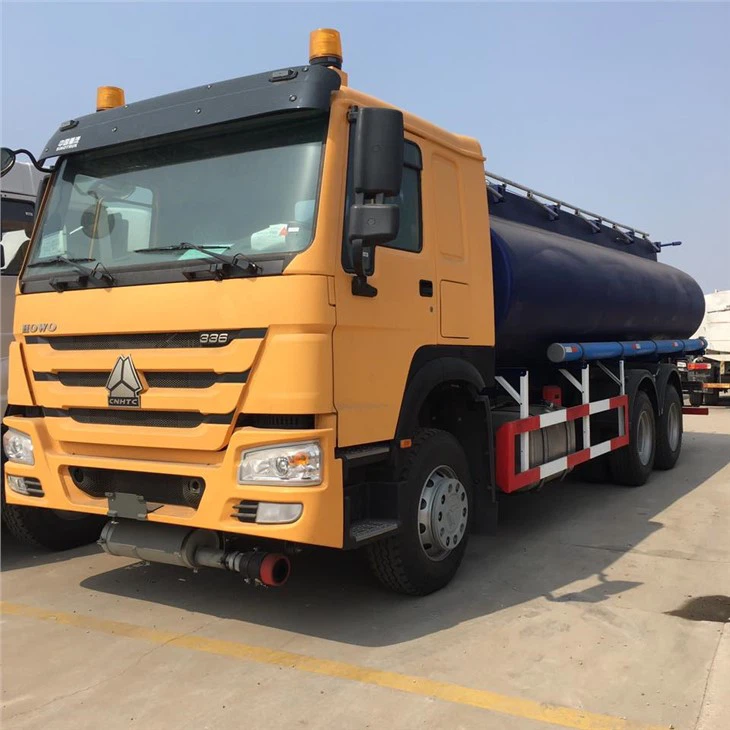Everything You Need to Know About IV Trucks

Introduction
IV trucks, or intravenous trucks, are specialized vehicles designed for healthcare services. They play a critical role in transporting patients requiring intravenous therapy, providing mobility and comfort. This article will delve deep into the various aspects of IV trucks, their functions, features, and importance in modern healthcare. We’ll explore their design, types, and ways they have transformed patient care on the go. Additionally, we’ll provide usage examples, tips for choosing an IV truck, and a comprehensive FAQ section.
What is an IV Truck?
An IV truck is essentially a mobile unit equipped to deliver intravenous therapy to patients. These vehicles are specially designed to carry medical equipment, medications, and sometimes even medical personnel to provide treatment in various locations. This mobile healthcare solution is essential for emergency services, home care, and non-hospital settings, making healthcare more accessible.
Key Components of IV Trucks
Understanding the components of IV trucks helps in appreciating their functionality. Here are some common features:
- Storage Space: Ample room for medical supplies, equipment, and medications.
- Patient Transport: Comfortable seating or stretching space for patients who need therapy.
- Medical Equipment: IV pumps, monitoring systems, and other essential equipment.
- Emergency Supplies: First-aid kit, oxygen tanks, and other necessary equipment for emergencies.
- Communication Systems: Radios and phones for easy communication with hospitals or support staff.
Types of IV Trucks
IV trucks can be categorized based on their primary purpose and design. Here’s a breakdown:
1. Emergency IV Trucks
These trucks are outfitted for rapid response, offering advanced life support systems and staffed with emergency medical personnel.
2. Home Care IV Trucks
Designed for delivering at-home IV therapy, these vehicles feature comfortable configurations to enhance patient experience during treatment.
3. Mobile Clinic IV Trucks
These trucks act as full-service clinics, providing a wide range of medical care, including IV therapy, preventive services, and general healthcare.
4. Virtual Telehealth IV Trucks
Equipped with technology to facilitate telehealth consultations, these vehicles allow healthcare providers to monitor patients remotely while providing IV therapy.
Benefits of Driving IV Trucks
Improved Patient Access
IV trucks provide essential healthcare access to underserved or remote communities where traditional healthcare facilities may be lacking.
Convenience and Comfort
Patients can receive treatment in a familiar environment, which often reduces anxiety associated with hospital visits.

Cost-Effectiveness
Mobile IV service can be a cost-effective way to deliver treatment, reducing hospital visit rates and allowing for efficient resource allocation.
Faster Response Times
In emergencies where every second counts, having IV trucks can significantly improve response times, enhancing patient outcomes.
Design Features of IV Trucks
The design of an IV truck is critical for ensuring safety, comfort, and efficiency. Here are some important design components:
Ergonomic Design
The design must ensure easy access to medical supplies and equipment with minimal movement hindrance while also accommodating stretchers and wheelchairs.

Safety Features
IV trucks should have safety equipment such as seat belts, secure medical storage, and fire extinguishers to handle emergencies effectively.
Climate Control
Maintaining a comfortable temperature and suitable humidity inside the truck is essential for patient comfort and the effectiveness of medications.
Examples of IV Truck Usage
There are numerous practical scenarios where IV trucks prove invaluable:
Emergency Situations
In cases of severe dehydration or shock, IV trucks can reach patients quickly, delivering critical hydration treatment on-site or en route to medical facilities.
Home Health Care
Patients requiring long-term IV antibiotics or hydration therapy can benefit significantly from home health services provided through IV trucks.
Community Health Initiatives
Mobile IV trucks often participate in community healthcare drives, providing essential services to immunocompromised or elderly populations.
Choosing the Right IV Truck
Selecting the appropriate IV truck depends on various factors, including intended usage, budget, and patient needs. Here are some tips:
Assess Your Needs
Determine whether your primary use will be for emergencies, home care, or outpatient services to choose the best vehicle configuration.
Evaluate Equipment
Ensure the IV truck is equipped with the necessary medical equipment needed for your specific services.
Consider Comfort
Choose a design that prioritizes patient comfort with adequate space for the patient and medical personnel, enhancing the overall experience.
Challenges in IV Truck Operations
While IV trucks provide significant benefits, they also face unique challenges:

Regulatory Compliance
IV trucks must adhere to healthcare regulations, ensuring patient safety and effective service delivery.
Maintenance Costs
Regular maintenance is essential to keep the vehicles in optimal condition, which can be financially taxing over time.
Resource Allocation
Balancing the distribution of medical staff and supplies among multiple IV trucks can be a logistical challenge.
Future of IV Trucks in Healthcare
The future holds promising advancements for IV trucks, driven by technology and innovation. Trends may include:
Telemedicine Integration
Telehealth capabilities could expand, allowing real-time monitoring and virtual consultations while providing IV therapy.
Fleet Management Technology
Advanced tracking and scheduling systems will enhance efficiency, matching the right resources to patient needs promptly.
Electric and Eco-Friendly Vehicles
As environmental concerns rise, future IV trucks may prioritize sustainability, using hybrid or electric power sources.
Common Questions About IV Trucks
1. What types of treatments can be administered through IV trucks?
IV trucks can deliver a wide range of treatments, including hydration therapy, antibiotic infusions, chemotherapy, and blood transfusions.
2. How do IV trucks ensure patient safety during transport?
IV trucks are equipped with safety features like secure transport systems, necessary medical supplies, and emergency equipment to handle various situations effectively.
3. Are IV trucks licensed for operation in all states?
Licensing requirements can vary by state. Generally, IV trucks must comply with local healthcare regulations and may require specific permits depending on their use.
4. How can patients access IV truck services?
Access to IV truck services usually involves contacting healthcare providers that operate these mobile units, often through home health agencies or during community health events.
5. Can IV trucks be used for non-emergency situations?
Yes, IV trucks are increasingly employed for routine treatments, such as scheduled infusions for chronic conditions, making healthcare more accessible.
6. What qualifications do medical personnel need to work in IV trucks?
Medical staff in IV trucks typically need certification in intravenous therapy, along with relevant healthcare licenses and training in emergency response protocols.
